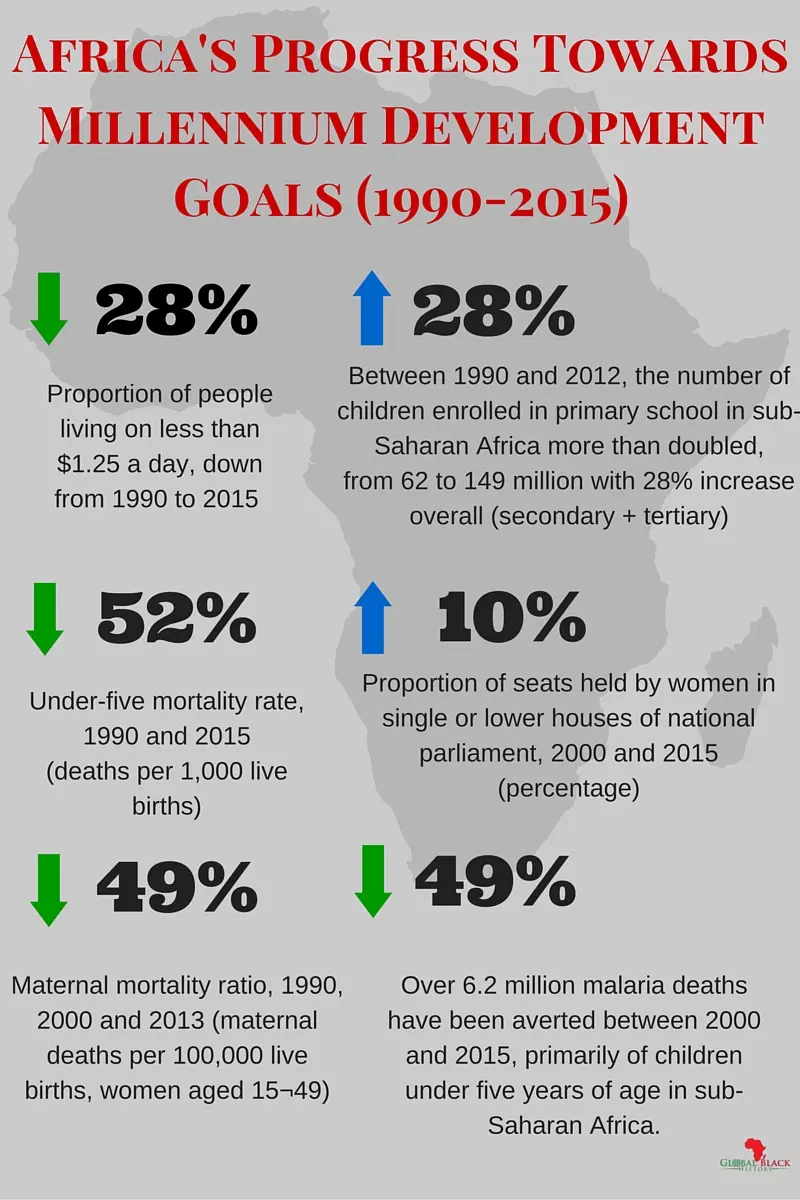Deforestation in Africa: Causes, Consequences, and Solutions
- muyves

- Sep 30, 2024
- 4 min read
Umuhuza Mugisha, Jadetimes Staff
Mugisha is a jadetimes news reporter covering Africa region

Deforestation in Africa: Causes, Consequences, and Solutions
Deforestation in Africa is a critical environmental issue with profound implications for biodiversity, climate stability, and human livelihoods. The continent, rich in diverse ecosystems and wildlife, faces significant challenges due to the loss of forests. This article explores the causes of deforestation in Africa, its consequences, and potential solutions to address the issue.
1. Causes of Deforestation
Agricultural Expansion
- Slash-and-Burn Agriculture: One of the primary drivers of deforestation is slash-and-burn agriculture, where trees are cut down and burned to clear land for crops. This method depletes soil nutrients and leads to forest loss.
- Commercial Agriculture: The expansion of commercial agriculture, including cash crops like cocoa, coffee, and palm oil, often requires large areas of forest land. This practice contributes significantly to deforestation in countries such as Côte d’Ivoire and Ghana.
Logging Activities
- Timber Extraction: Illegal and unsustainable logging practices, driven by the demand for timber and wood products, contribute to significant forest loss. This includes both legal logging operations and illegal logging activities that exploit forest resources without proper regulation.
- Infrastructure Development: Logging for infrastructure projects, such as roads and mining operations, leads to forest degradation and fragmentation, further exacerbating deforestation.
Population Growth and Urbanization
- Settlement Expansion: Rapid population growth and urbanization increase the demand for land and resources, leading to deforestation as forests are cleared to accommodate expanding human settlements.
- Fuelwood Collection: In many African countries, communities rely on wood for fuel and construction. The high demand for fuelwood leads to the overharvesting of forest resources and contributes to deforestation.
2. Consequences of Deforestation
Environmental Impact
- Loss of Biodiversity: Deforestation leads to habitat destruction, threatening the survival of countless plant and animal species. Africa’s rich biodiversity, including endangered species such as gorillas and elephants, is at risk due to forest loss.
- Climate Change: Forests act as carbon sinks, absorbing carbon dioxide from the atmosphere. Deforestation releases stored carbon, contributing to greenhouse gas emissions and climate change. This exacerbates global warming and affects local weather patterns.
Soil and Water Degradation
- Soil Erosion: The removal of trees and vegetation increases soil erosion, reducing soil fertility and leading to the degradation of agricultural land. This affects food security and agricultural productivity.
- Water Cycle Disruption: Forests play a crucial role in regulating the water cycle by maintaining moisture levels and contributing to rainfall. Deforestation disrupts this balance, leading to reduced water availability and affecting local water sources.
Socio-Economic Impact
- Displacement of Communities: Deforestation often displaces indigenous and local communities who rely on forests for their livelihoods, leading to social and economic challenges.
- Economic Loss: The loss of forests affects industries that depend on forest resources, such as tourism, agriculture, and fisheries. The decline in forest ecosystems impacts economic stability and development.
3. Solutions to Address Deforestation
Sustainable Forest Management
- Community-Based Management: Involving local communities in forest management can lead to more sustainable practices. Community-based approaches, such as participatory forest management, empower local people to protect and manage their forest resources.
- Certification Schemes: Implementing certification schemes, such as those provided by the Forest Stewardship Council (FSC), ensures that timber and other forest products are sourced sustainably and responsibly.
Reforestation and Afforestation
- Reforestation Projects: Reforestation involves planting trees in areas where forests have been degraded or destroyed. Reforestation projects can restore ecosystems, enhance biodiversity, and improve soil and water quality.
- Afforestation Initiatives: Afforestation refers to planting trees in areas that were not previously forested. Afforestation initiatives can create new forests, increase carbon sequestration, and provide economic benefits.
Policy and Regulation
- Strengthening Legislation: Governments need to strengthen and enforce laws and regulations related to forest protection and sustainable land use. Effective policies can reduce illegal logging, control land conversion, and promote sustainable practices.
- International Cooperation: International cooperation and agreements, such as the Paris Agreement, can support forest conservation efforts and provide funding for reforestation and sustainable land management projects.
Public Awareness and Education
- Awareness Campaigns: Raising public awareness about the importance of forests and the impacts of deforestation can drive behavioral changes and support conservation efforts.
- Education Programs: Education programs that promote sustainable practices and forest conservation can help communities understand the value of forests and encourage participation in preservation activities.
4. Case Studies
Case Study 1: The Congo Basin
- Overview: The Congo Basin, home to the world’s second-largest tropical rainforest, faces significant deforestation pressures due to logging, agricultural expansion, and infrastructure development.
- Initiatives: Conservation efforts in the Congo Basin include the development of protected areas, community forest management programs, and international partnerships to combat illegal logging and promote sustainable land use.
Case Study 2: The Great Green Wall Initiative
- Overview: The Great Green Wall initiative aims to combat desertification and deforestation across the Sahel region of Africa by creating a mosaic of green and productive landscapes.
- Impact: The initiative has led to the planting of millions of trees, improved soil fertility, and enhanced water availability. It also supports local communities by providing livelihoods and promoting sustainable land management practices.
5. Conclusion
Deforestation in Africa presents significant environmental, social, and economic challenges. Addressing these challenges requires a multifaceted approach that includes sustainable forest management, reforestation, policy and regulatory measures, and public awareness efforts. By implementing effective solutions and fostering international cooperation, Africa can work towards mitigating the impacts of deforestation, preserving its rich biodiversity, and ensuring the sustainable development of its forests for future generations.










































Comments